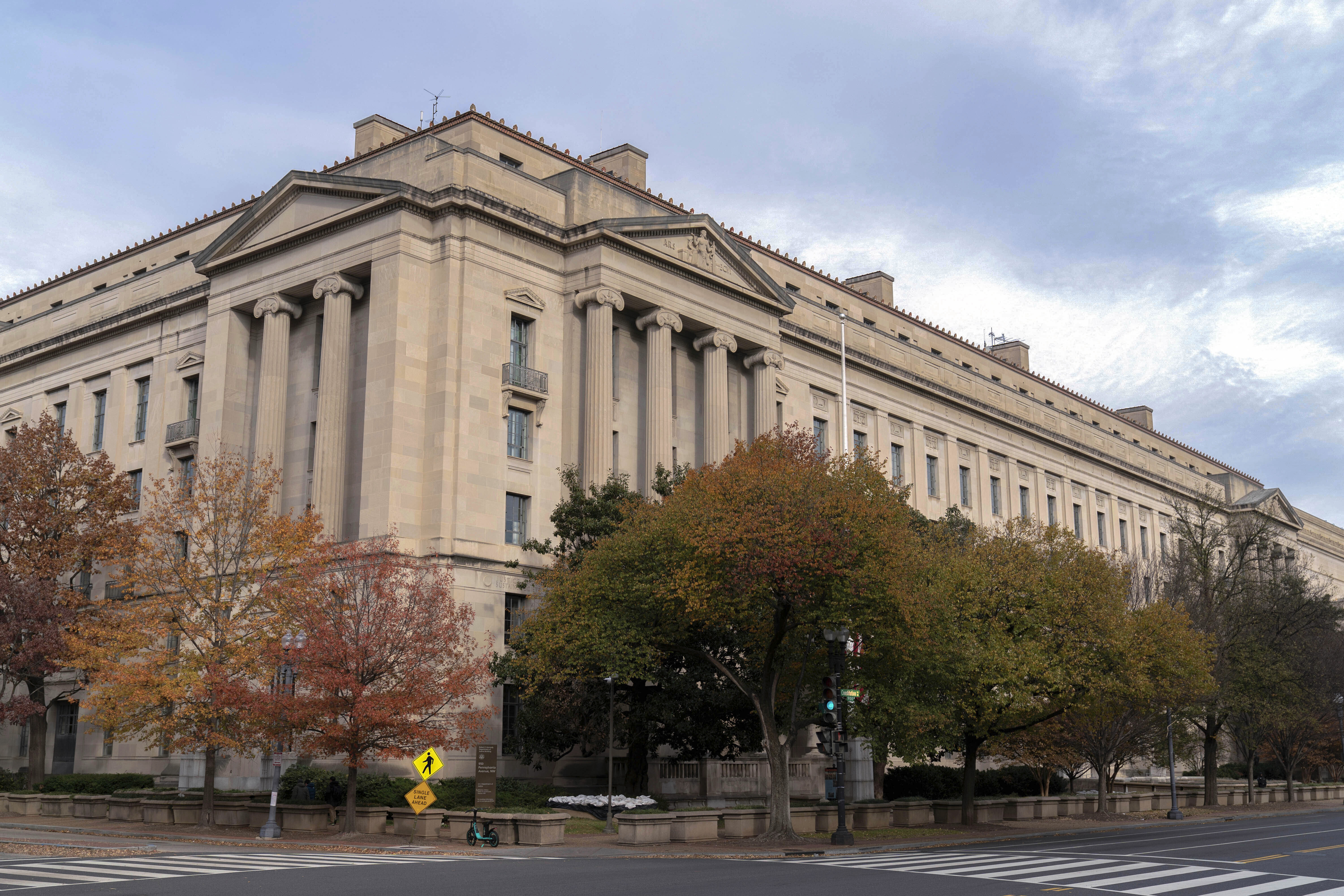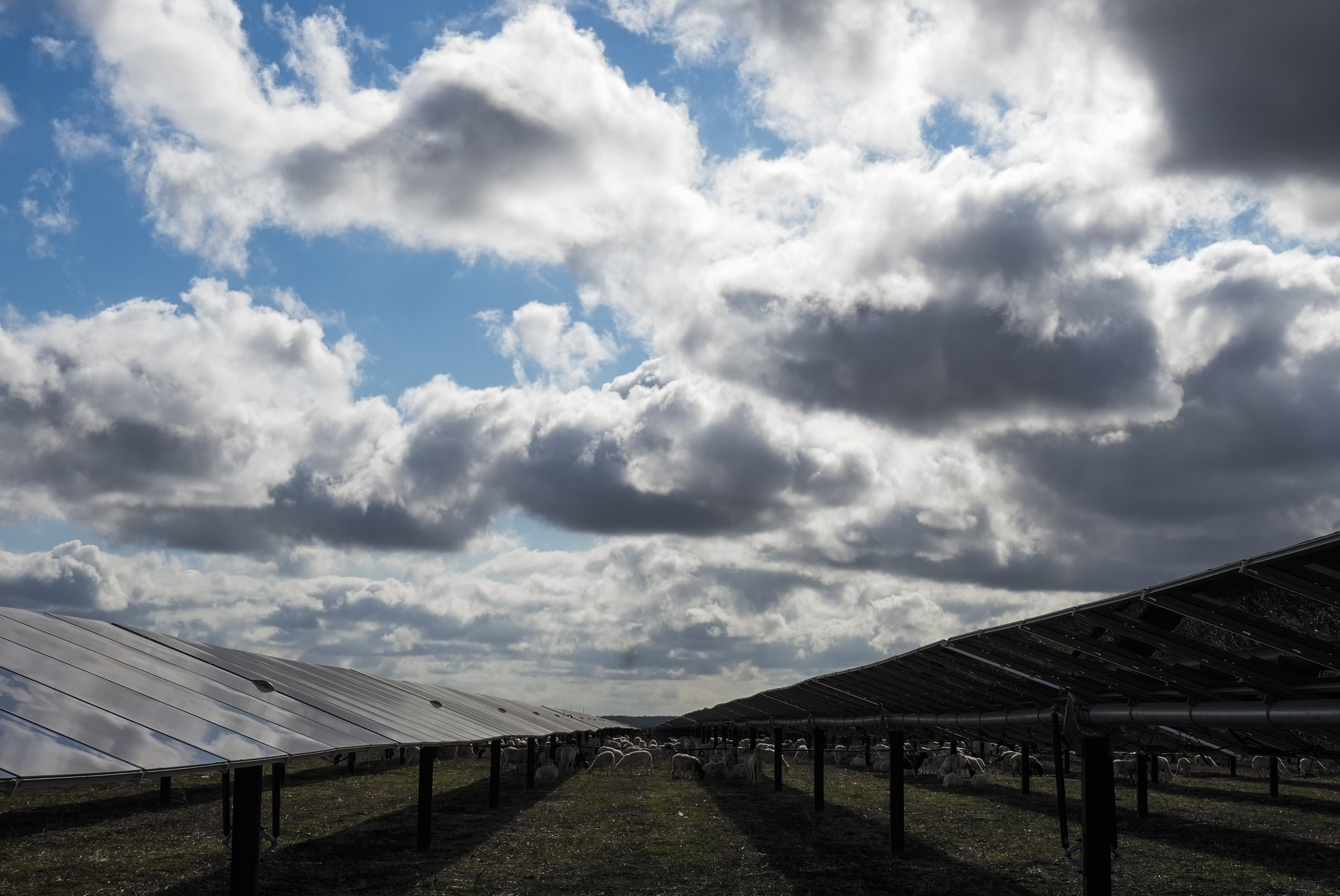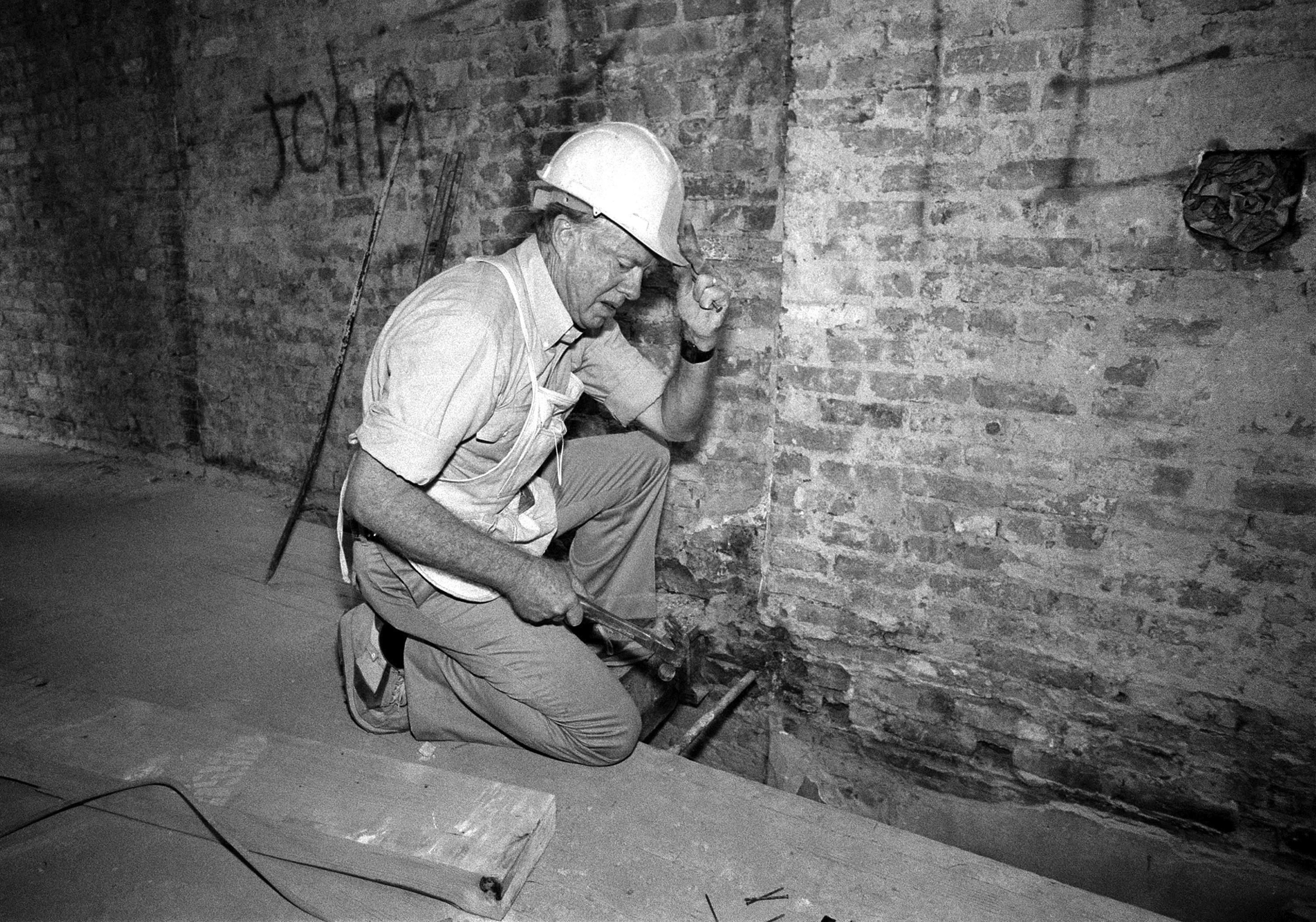AJO, Ariz. (Border Report) — Organ Pipe Cactus National Monument sits right on the Arizona border with Mexico, famous for its saguaro cactus and amazing landscapes, and it can be brutally cold in the winter and incredibly hot in the summer.
The massive Tohono O’ohdam Indian Reservation, which is as big as the state of Connecticut, is just to the east.
The entire area lies within the Border Patrol’s Tucson Sector.
And right now, if you drive around, you’ll easily spot Border Patrol vehicles moving back and forth on dirt roads and on Highway 85, which runs through the park all the way to the border.
According to U.S. Customs and Border Protection figures, the Tucson Sector has recently seen more migrant encounters than any other sector along the southern border.

During the month of July, the latest figures available from CBP, the Tucson Sector had 39,215 migrant apprehensions.
In comparison, the San Diego Sector had 15,020, while Yuma had only around 6,599.
While numbers for the month of August and for the first two weeks of September have not been made public, a Border Patrol agent working near Gila Bend, Arizona told Border Report, “It’s just as busy now as it was in July.”
Mark Whelan, a spokesperson for Border Patrol, said agents working the Tucson Sector, including those in and around Organ Pipe Cactus National Monument, have in fact been busy.
“We’re currently seeing a steady increase in traffic,” he said. “Criminal organizations are choosing to use these remote areas to push people further and further out.”


The agency is moving personnel and resources from other sectors into this area to support operations and to help move the migrants to areas that can accommodate and process them.
“Currently, Border Patrol is pulling resources from other areas as needed — that may mean transporting them to another station that has higher capacity numbers or even to another sector.”
Considering the hostile and hot terrain, Whelan says getting the migrants out of the elements is a big priority.
Migrants who are apprehended are brought to areas with tents where they are provided water if necessary before being transported to the nearby Ajo Station or other Border Patrol facilities for processing.
“We’re finding these people at great peril and at great risk to their lives, they are being abandoned in the Organ Pipe National Monument and the Cabeza Prieta Wildlife Refuge, criminal organizations abandon them out there, they’re often deceived by the smugglers of how they’ll make their journey into the United States.”

























